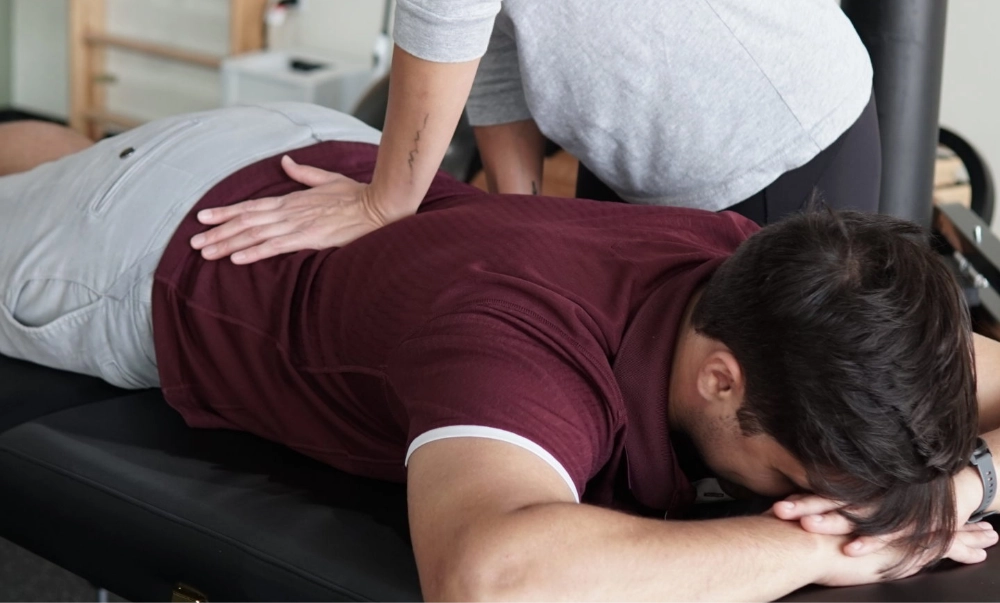
Most people can empathize with having low back pain, whether sitting at a desk most days, being an athlete or a weightlifter, or simply just being.
Pain is an unpleasant sensation that interferes with the routine and can cause you to lie flat on your back in bed doing nothing.
Low back pain is among the most severe, and you may require professional physiotherapy for its treatment. You can witness proven benefits with physical therapy in low back pain conditions.
Low back pain may be of several different types. But, Diagnostic triage is the best and most frequently accepted way of classifying low back pain, in which patients are divided into one of three groups.
These are all examples of significant spinal ailments. The majority of patients suffering from low back pain have Non-specific back pain. Here we will discuss some effects of physical therapy in low back pain and easy self-stretching techniques to relieve it.
With these stretches, most patients’ conditions improve to the point where they can resume normal activities, including work. The longer individuals remain out of work with back pain, the more likely they will never come back. Therefore, Stretching and regular exercise is always appreciated.
Low back pain affects young, teenagers, adults and seniors equally. In the United States, over 44% of persons aged 45 to 64 reported back pain in three months in 2019, compared to only roughly 28% of adults aged 18 to 29.
Physical therapy seeks to alleviate back pain, enhance function, and teach the patient how to avoid future back problems by following a maintenance regimen. While most incidents of low back pain are self-limiting and will resolve on their own, exercise can aid in reducing pain and improving function in people with low back pain.
It can be owned as a stand-alone treatment or paired with other therapeutic techniques, including massage, heat, traction, dry needling, and spinal manipulation.
Two to three times a week, completing a combination of strength and aerobic activities, as well as stretching, can help avoid and relieve lower-back pain, according to a study. In either case, remaining physically active and stretching regularly can help reduce or prevent lower back pain and discomfort. While stretching may not always help with back pain, stiff hips and legs are common in people with lower back pain, so strengthening and releasing these muscles can help you find relief.
This self-stretching approach stretches your glutes (buttock muscles) and lower back muscles, which can get stiff when you have low back pain, causing you greater pain and distress.
This stretch can aid in the lengthening of tight low back muscles. It relieves tension and soreness in your lower back by lengthening it.
Wrap-Up:
Lower back pain can be reduced and prevented by regular physical exercise and stretching. The importance of active Physical therapy in low back pain and the rehabilitation of the spine cannot be overstated. Treating persistent and severe back pain can be difficult, and it may be necessary to focus on assisting the patient in coming to terms with their condition. Many patients with low back problems should see a doctor first to identify the problem and rule out any significant contraindications to physical therapy, such as a fracture or tumor.
Subscribe to Receive More Info on How to Stay Healthy!
All information on this website is intended for instruction and informational purposes only. The authors are not responsible for any harm or injury that may result. Significant injury risk is possible if you do not follow due diligence and seek suitable professional advice about your injury. No guarantees of specific results are expressly made or implied on this website.
© unifypt.com | All rights reserved